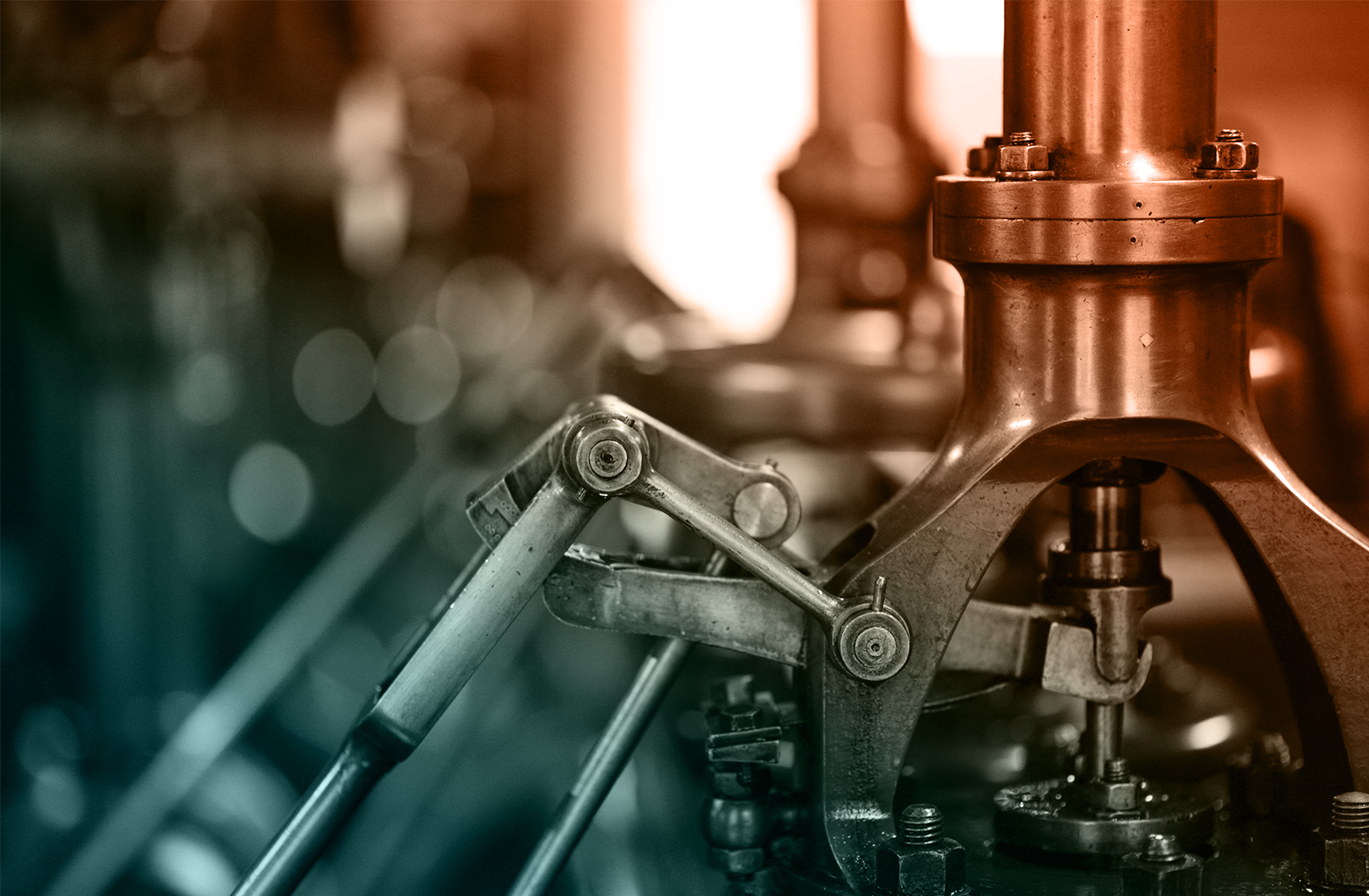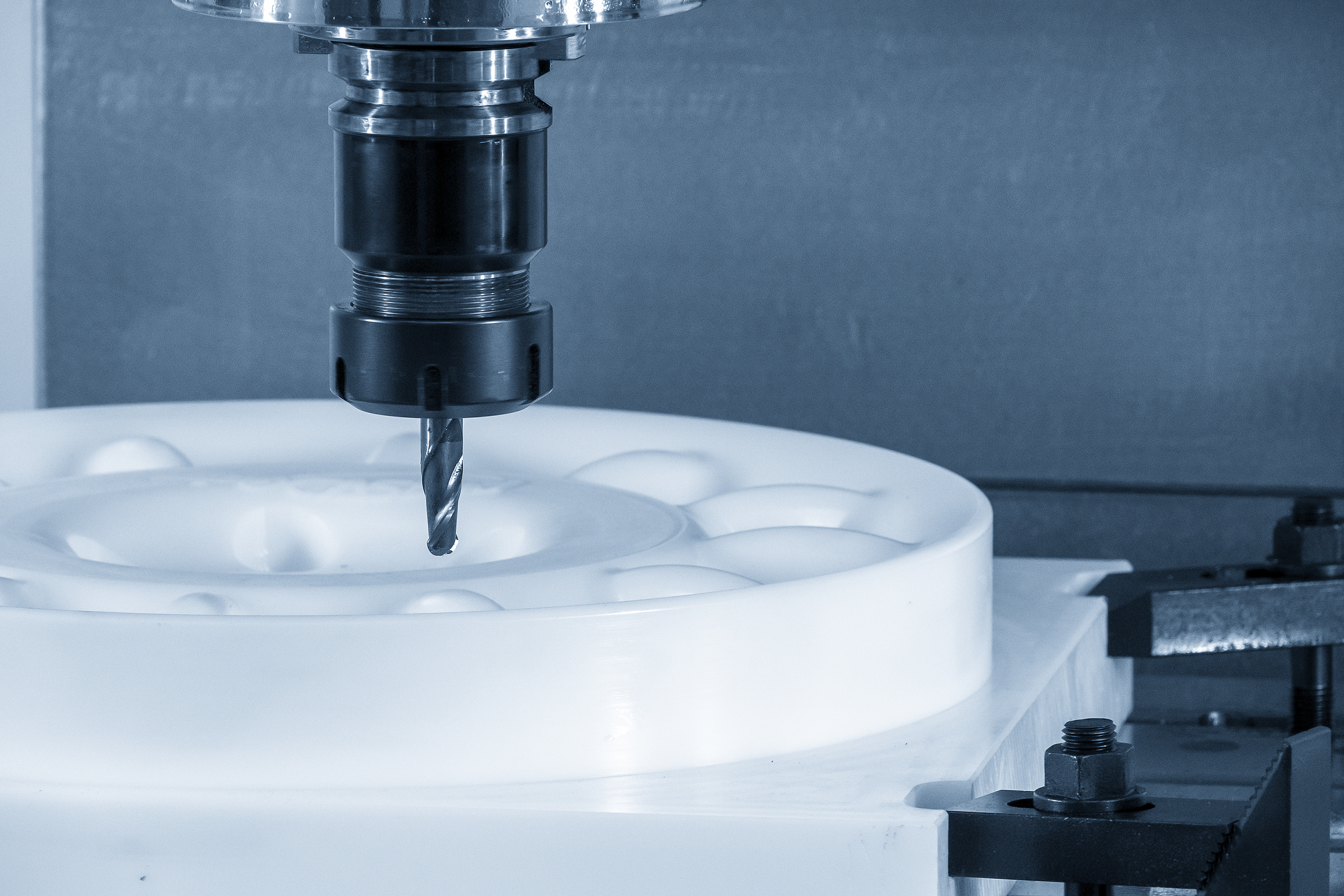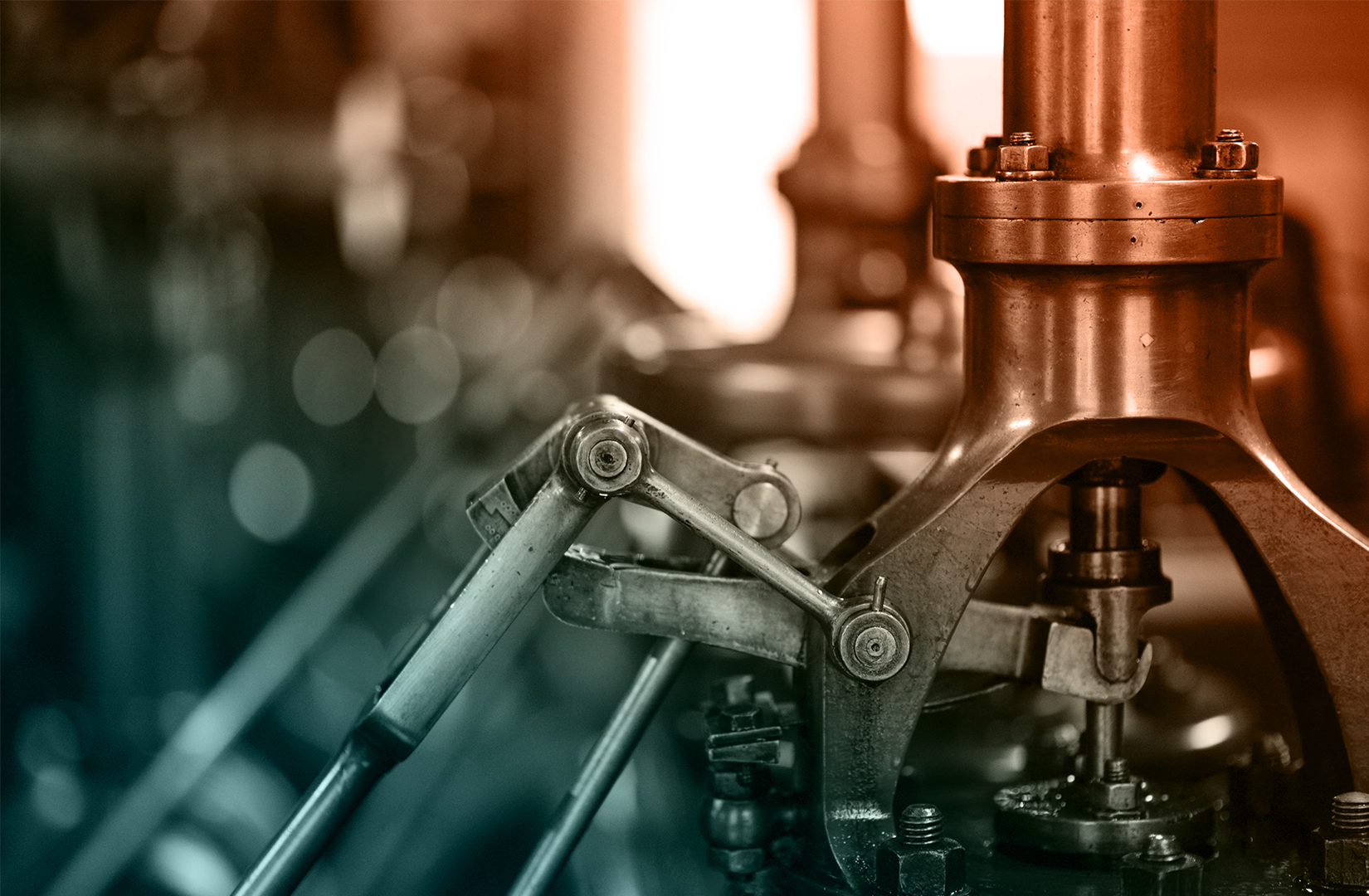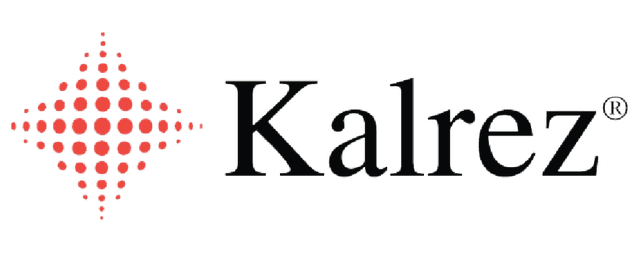
Pneumatic Seals: Reliable Dynamic Sealing
Pneumatic seals are critical components in systems that use compressed air or gas to create motion or force. These seals are designed to prevent leakage, maintain pressure, and ensure the efficient operation of pneumatic systems. This guide covers the features, common applications, and the pros and cons of pneumatic seals.
CanRez® FFKM and Kalrez® pneumatic seals, grommets, O-rings, gasket rapid manufacturing, & custom molded parts are available now!
Check with one of Canyon’s helpful product engineers for an expert material and manufacturing recommendation.

Features of Pneumatic Seals
Pneumatic seals are designed with specific features that make them ideal for use in pneumatic systems:
- Low Friction: Pneumatic seals are engineered to minimize friction between moving parts, reducing wear and tear and ensuring smooth operation of the pneumatic system.
- Pressure Resistance: These seals are capable of withstanding the pressure levels commonly found in pneumatic systems, ensuring reliable sealing without compromising performance.
- Temperature Tolerance: Pneumatic seals can operate effectively within a range of temperatures, making them suitable for use in various environmental conditions.
- Durability: Made from high-quality materials such as nitrile, polyurethane, or PTFE, pneumatic seals are designed to resist wear, abrasion, and chemical exposure, ensuring a long service life.
- Leak Prevention: The primary function of pneumatic seals is to prevent air or gas leakage, maintaining system pressure and ensuring efficient operation.
Common Applications of Pneumatic Seals
Pneumatic seals are used in a variety of applications across different industries:
- Pneumatic Cylinders: These seals are used in pneumatic cylinders to prevent air leakage and maintain the pressure needed to drive the piston, enabling linear motion.
- Pneumatic Valves: Seals are essential in pneumatic valves to control the flow of compressed air or gas, ensuring accurate and efficient operation of the system.
- Air Compressors: In air compressors, pneumatic seals prevent leaks, maintaining the pressure needed to compress air effectively and ensuring the system's efficiency.
- Automation Equipment: Pneumatic seals are widely used in automation equipment, including robotic arms, conveyors, and other machinery that relies on pneumatic power for movement and control.
- Packaging Machinery: Seals are used in packaging machinery to ensure consistent pressure and prevent leaks in systems that use pneumatic actuators for packaging processes.
Please consult a Canyon Components Engineer about your specific application and we will use our decades of experience to formulate a solution that fits your need.
Get a Quote Now!

Pneumatic Seal Materials
CanRez™ FFKM Perfluoroelastomer
Extreme temperatures & chemicals require extreme solutions! CanRez™ FFKM pneumatic seal materials offer extreme reliability where you need it most! Thousands of sizes in stock now!
CanGuard™ RFI & EMI Shielding Materials
CanGuard™ pneumatic seal materials have been developed to offer superior sealing solutions with enhanced electromagnetic interference (EMI) shielding and radio frequency interference (RFI) shielding.
Kalrez® FFKM Perfluoroelastomer
Canyon Components offers Kalrez® Perfluoroelastomer (FFKM) pneumatic seals, O-rings, gaskets, & custom molded parts at competitive prices and with great lead-times.
Parker® pneumatic seals, O-rings, Parofluor parts, parker FKM Viton
Canyon Components offers Parker Hannifin® pneumatic seals, O-rings, Gaskets, Perfluoroelastomer (FFKM) parts, & custom molded parts at competitive prices and with great lead-times.
FKM (Viton®, Fluorocarbon)
FKM compounds, O-rings, gaskets, & custom molded parts exhibit excellent mechanical attributes as well as excellent resistance to high temperatures, mineral oil, ozone, fuels, hydraulic fluids, and many other solvents and chemicals.
Aflas® (TFE/P)
TFE/P (Aflas) compounds, O-rings, gaskets, & custom molded parts gives high resistance to steam, hot water, atmospheric wear, and many chemicals. TFE/P compounds provide superior performance in water, steam and virtually all caustic chemicals.
Fluorosilicone (FVMQ)
The mechanical and physical properties of Fluorosilicone O-rings, gaskets, & custom molded parts are very similar to silicone. Fluorosilicone O-rings, gaskets, & custom molded parts offer improved flexibility and strength, better resistance to fuels and mineral oil, but reduced hot air resistance.
Silicone (VMQ, PVMQ)
Silicone pneumatic seals, seals, O-rings, gaskets, & custom molded parts are excellent for extreme temperatures in static applications. Canyon Components carries a range of silicone materials, and we are happy to custom tailor a seal to meet your application requirements!
EPDM (Ethylene Propylene)
EPDM pneumatic seals, materials, O-rings, gaskets, & custom molded parts can operate over a wide temperature range, and are compatible with glycol fluids that cause problems for most typical elastomeric seals.
NBR (Nitrile, Buna-N)
Nitrile pneumatic seals, O-rings, gaskets, & custom molded parts are very oil-resistant, have strong mechanical properties, are resistant to wear, and are relatively inexpensive. These properties make Nitrile the most commonly used general purpose O-ring, gasket, & custom molded part material.
HNBR (Hydrogenated Nitrile)
Hydrogenated Nitrile pneumatic seals, O-rings, gaskets, & custom molded parts offer higher strength and reduced degradation at high temperatures compared to conventional Nitrile materials. These properties make HNBR materials popular in the oil and gas industry, as well as many applications in the chemical industry.
XNBR (Carboxylated Nitrile)
XNBR pneumatic seals, O-rings, gaskets, & custom molded parts are similar to Nitrile, but the backbone has been chemically modified with a Carboxylic Acid group. The resulting elastomer is a Nitrile rubber with outstanding abrasion and chemical resistance, superior to that of traditional Nitrile.
Neoprene (CR)
Chloroprene was the first synthetic rubber, and was developed commercially under the name Neoprene®. Chloroprene pneumatic seals, rubbers, O-rings, gaskets, & custom molded parts contain Chlorine in the polymer to reduce the reactivity to many oxidizing agents, as well as to oil and flame.
Polyurethane (PU, AU)
Polyurethane pneumatic seals, O-rings, gaskets, & custom molded parts generally have two or three times greater tensile strength and wear resistance than Nitrile and comparable polymers. Polyurethane also provides excellent permeation resistance when compared to most rubbers.
PTFE (Teflon)
The harshest environments require specialized solutions. Often times, a Canyon Components PTFE pneumatic seals are used in harsh chemical environments. Polytetrafluoroethylene, commonly known as PTFE or Teflon®, is a high-performance fluoropolymer known for its exceptional chemical resistance, low friction, and non-stick properties.
Product Types
Specialty Compliances
Canyon have materials available for pneumatic seals, O-rings, gaskets, & custom parts with compliances ranging from USP Class VI <87> & <88> for medical applications, to FDA CFR 21.177.2600 grades A through F for different food types, to the various drinking water specifications like KTW and NSF. Whether it's metal, rubber, or plastic, Canyon can meet your needs!
Custom Parts
Here at Canyon Components, we make sure to offer our customers any manufacturing technique they desire. Whether your O-rings, gaskets, & custom molded parts be rubber, plastic, or metal, rest assured that Canyon Components can make it!
Gaskets & Custom Cutting
Whether your custom cut parts be rubber, plastic, sponge, composite, or metal, rest assured that Canyon Components can make it! Canyon Components strives to meet all customer service requests. If you need something that isn't listed, feel free to contact a Canyon Components product and application consultant.
Infinite "Giant" Diameter O-Rings
By either Continuous Molding O-rings, or Splice & Vulcanizing O-rings, Canyon can provide mold-less, infinitely large O-rings at competitive prices!
Pneumatic Seals Pros & Cons
Pneumatic seals are essential components in systems that rely on compressed air or gas for motion and control. With features such as low friction, pressure resistance, and durability, pneumatic seals ensure the efficient and reliable operation of pneumatic systems in a variety of applications, from automation and packaging machinery to air compressors and pneumatic cylinders. While they offer many advantages, including cost-effectiveness and low maintenance, it is important to consider their limitations, such as pressure range and material sensitivity, when selecting the right seal for your application. Understanding the features, applications, and potential drawbacks of pneumatic seals will help you make informed decisions to ensure optimal performance in your pneumatic systems.
Canyon Components strives to meet all customer service requests. Feel free to contact Canyon Components engineering and let our knowledgeable staff help you design the perfect part for your needs.
Pros of Pneumatic Seals
Pneumatic seals offer several advantages that make them a preferred choice for pneumatic systems:
- Efficiency: By preventing leaks and maintaining pressure, pneumatic seals contribute to the overall efficiency of pneumatic systems, reducing energy consumption and operational costs.
- Reliability: High-quality pneumatic seals provide reliable performance, ensuring that systems operate smoothly and consistently over time.
- Low Maintenance: Pneumatic seals are designed to be durable and resistant to wear, reducing the need for frequent maintenance and replacement, which lowers downtime and maintenance costs.
- Versatility: Pneumatic seals are available in various materials and designs, making them suitable for a wide range of applications and environmental conditions.
- Cost-Effective: Compared to other sealing solutions, pneumatic seals are generally cost-effective, offering a good balance between performance and cost.
Cons of Pneumatic Seals
While pneumatic seals offer many benefits, there are also some potential drawbacks to consider:
- Limited Pressure Range: Pneumatic seals are designed for use in systems with lower pressure ranges compared to hydraulic seals, which may limit their application in high-pressure environments.
- Material Sensitivity: The performance of pneumatic seals can be affected by the choice of material. For example, certain materials may degrade when exposed to specific chemicals, temperatures, or environmental conditions.
- Installation Challenges: Proper installation is crucial for the effective performance of pneumatic seals. Improper installation can lead to leaks, reduced efficiency, and premature seal failure.
- Environmental Limitations: Pneumatic seals may not perform well in extremely high or low temperatures, which can affect their sealing capability and lifespan.
Back to Products Hub

Get A Quote Now!
















